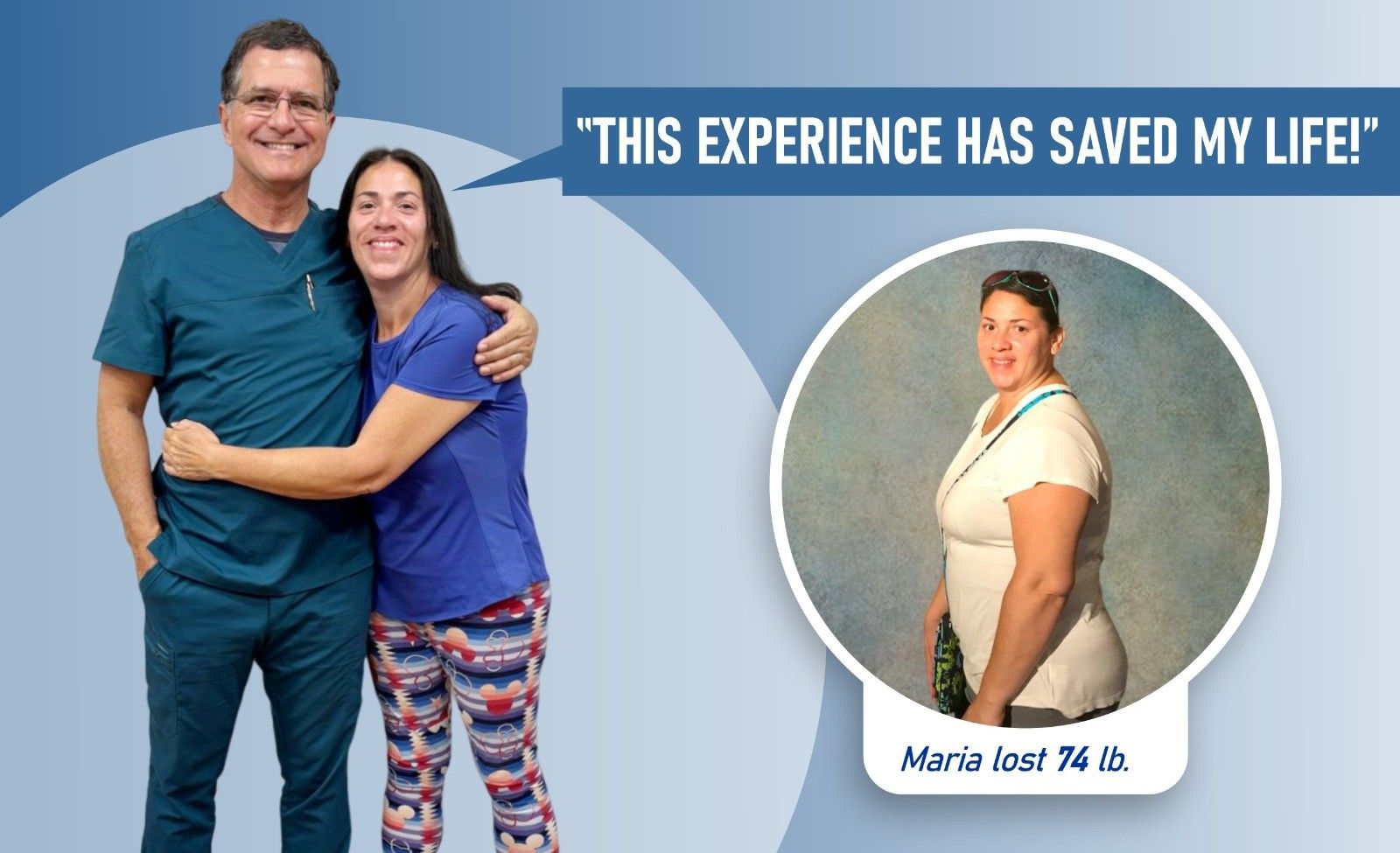Acid Reflux Specialist in Jacksonville, Florida
Diagnosis
Patients commonly present with a “typical” history of reflux and the initial diagnosis is done without tests. The initial treatment normally is started by the patients with one of the several over the counter medications. Patients later are prescribed with a “stronger” anti-acid medication by their primary care physician.
Unfortunately most people forget that medications are called “ANTI-ACIDS” but they are truly not “ANTI-REFLUX” since reflux is a mechanical process and all that medications can do is to reduce the acidic content of the reflux, making them not as “symptomatic”. This allows the disease to progress for months or years before any further testing or diagnosis is made to evaluate the problem.
List of Services
-
UPPER ENDOSCOPY OR ESOPHAGOGASTRODUODENOSCOPY (EGD):List Item 1
introducing a camera/tube through the mouth allowing visualization of the esophagus, stomach, and duodenum. Patients require some form of light anesthesia so patients are kept very comfortable during the entire procedure. It is done as an out-patient, which means patients typically go home within an hour or so after the procedure.
- The exam allows visualization and ability to biopsy any area for pathological evaluation.
- It is important to understand that sometimes the esophagus may look normal and additional exams may be required to complement the test.
- Areas of inflammation can be seen and biopsy can be done to rule out Barrett’s esophagus or advance disease such as cancer. Often the esophagus of patients with reflux looks normal. However, in moderate to severe cases, the lining of the esophagus appears inflamed (esophagitis). Endoscopy can also rule out any tumors or strictures (narrowing) of the esophagus. The presence of esophagitis on medical therapy signifies poorly treated reflux, which should be further evaluated. If there is an abnormal transformation of the lining of the esophagus, the gastroenterologist will biopsy the area to rule out Barrett’s esophagus or esophageal cancer. An EGD also evaluates the stomach and first portion of the small intestine (duodenum) for tumors or ulcers.
-
UPPER ENDOSCOPY WITH pH TESTING (BRAVO TESTING):List Item 2
The test is done by means of endoscopy. A small capsule is attached to the lining of the esophagus a few inches away from the lower esophageal sphincter. It senses the ph of the area and subsequently if reflux is happening. It sends wireless information to a device that the person uses on the belt like a pager. The data is then interpreted so we can determine if the patient is having reflux and how often.
-
UPPER GASTROINTESTINAL EXAM (UGI):
Under fluoroscopy (x-rays), patient is given a liquid contrast to drink (normally Barium). The contrast is seen going down the esophagus, into the stomach, and duodenum. Evaluation is done to see if any abnormal narrowing (strictures), tumors, hiatal hernia, anatomy, and or reflux among other things can be appreciated.
Acid Reflux Resources
GERD Treatment Options







